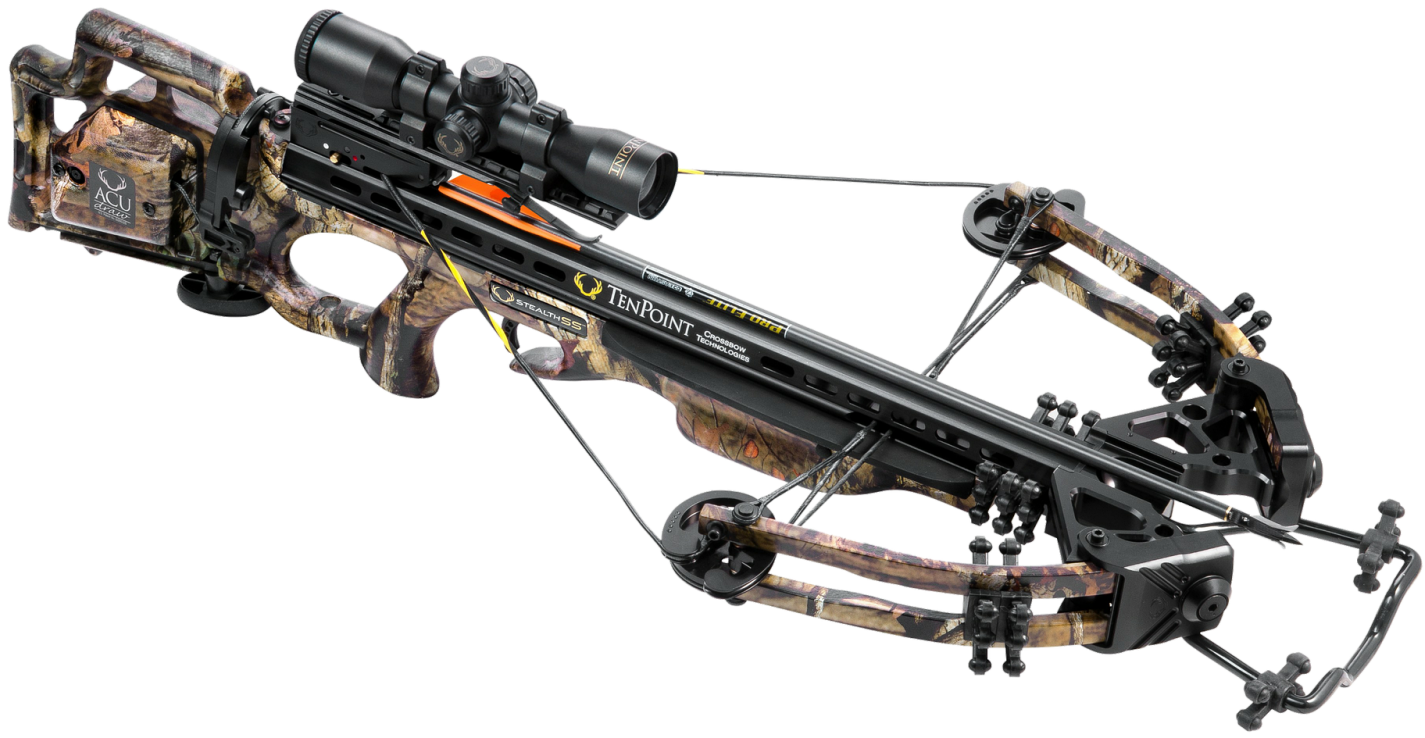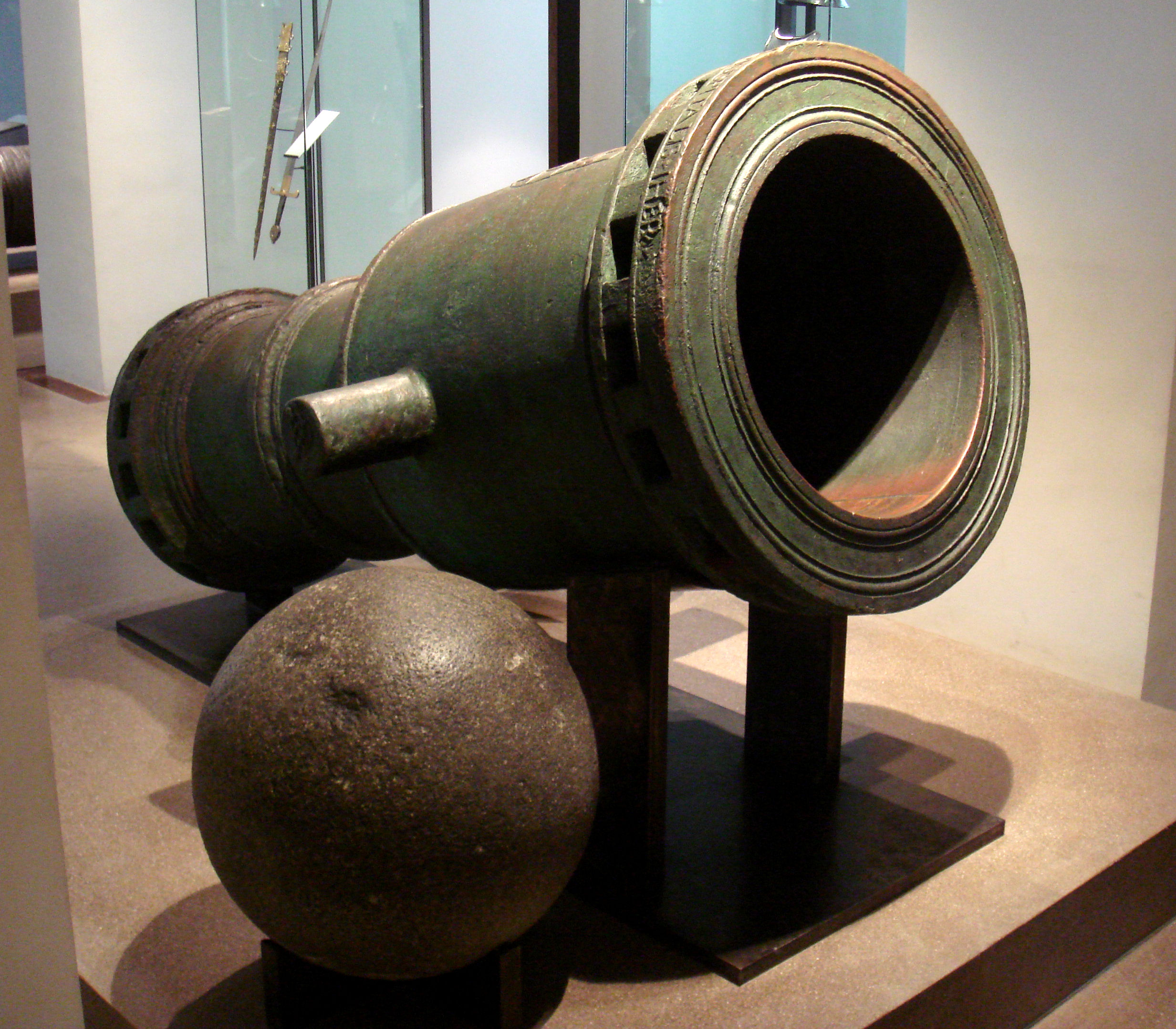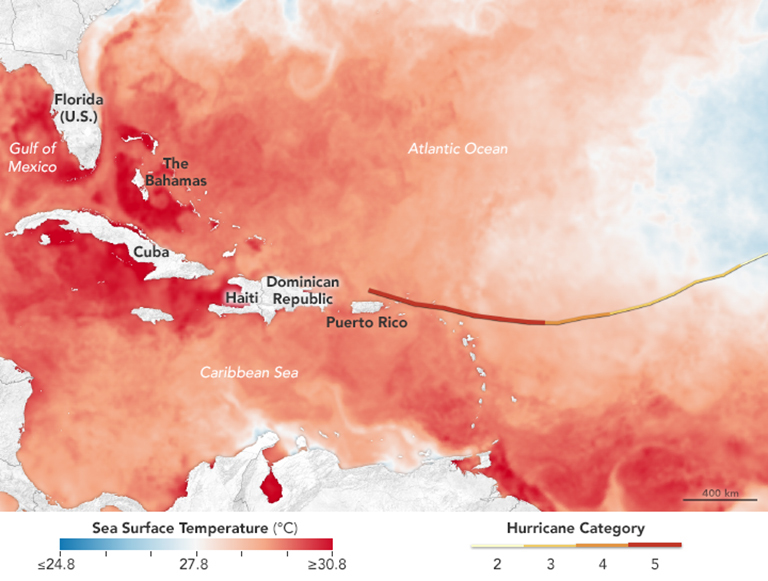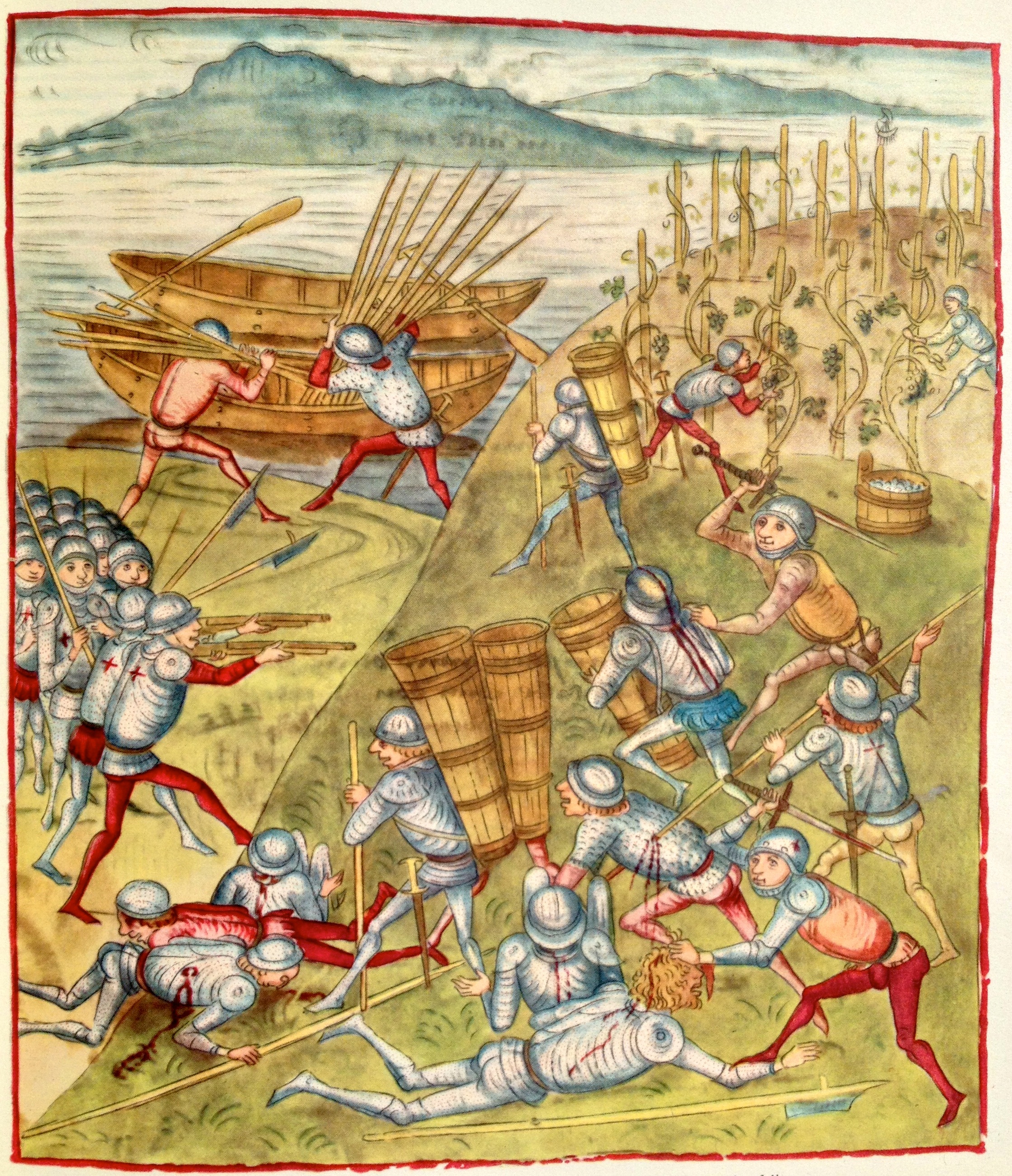|
Molasses Reef Wreck
The Molasses Reef Shipwreck is the site of a ship which wrecked in the Turks and Caicos Islands early in the 16th century. It is the oldest wreck of a European ship in the Americas to have been scientifically excavated.Leshikar-Denton: 286Museum: Brief history, Part 2 Discovery In 1976, unlicensed treasure hunters discovered a wreck on Molasses Reef, on the southwestern edge of the Caicos Bank near French Cay. The site of the wreck has been described as a "ship trap". The remains of several other wrecks are scattered on top of and around the earliest wreck. The treasure hunters, who were looking for Spanish treasure ships, recognized that the ordnance in the wreck was from the 1490s or early 1500s, too early for a treasure ship. In 1980, a salvage company organized by those treasure hunters applied for a license from the government of the Turks and Caicos Islands to explore and salvage shipwrecks. After receiving the license, the company announced that it had discovered the wr ... [...More Info...] [...Related Items...] OR: [Wikipedia] [Google] [Baidu] |
Shipwreck
A shipwreck is the wreckage of a ship that is located either beached on land or sunken to the bottom of a body of water. It results from the event of ''shipwrecking'', which may be intentional or unintentional. There were approximately three million shipwrecks worldwide as of January 1999, according to Angela Croome, a science writer and author who specialized in the history of underwater archaeology (an estimate rapidly endorsed by UNESCO and other organizations). When a ship's crew has died or abandoned the ship, and the ship has remained adrift but unsunk, they are instead referred to as Ghost ship, ''ghost ships''. Types Historic wrecks are attractive to maritime archaeology, maritime archaeologists because they preserve historical information: for example, studying the wreck of revealed information about seafaring, warfare, and life in the 16th century. Military wrecks, caused by a skirmish at sea, are studied to find details about the historic event; they reveal ... [...More Info...] [...Related Items...] OR: [Wikipedia] [Google] [Baidu] |
Madeira
Madeira ( ; ), officially the Autonomous Region of Madeira (), is an autonomous Regions of Portugal, autonomous region of Portugal. It is an archipelago situated in the North Atlantic Ocean, in the region of Macaronesia, just under north of the Canary Islands, Spain, west of the Morocco and southwest of mainland Portugal. Madeira sits on the African Plate, African Tectonic Plate, but is culturally, politically and ethnically associated with Europe, with its population predominantly descended from Portuguese settlers. Its population was 251,060 in 2021. The capital of Madeira is Funchal, on the main island's south coast. The archipelago includes the islands of Madeira Island, Madeira, Porto Santo Island, Porto Santo, and the Desertas Islands, Desertas, administered together with the separate archipelago of the Savage Islands. Roughly half of the population lives in Funchal. The region has political and administrative autonomy through the Autonomous Regions of Portugal#Const ... [...More Info...] [...Related Items...] OR: [Wikipedia] [Google] [Baidu] |
Pottery
Pottery is the process and the products of forming vessels and other objects with clay and other raw materials, which are fired at high temperatures to give them a hard and durable form. The place where such wares are made by a ''potter'' is also called a ''pottery'' (plural ''potteries''). The definition of ''pottery'', used by the ASTM International, is "all fired ceramic wares that contain clay when formed, except technical, structural, and refractory products". End applications include tableware, ceramic art, decorative ware, toilet, sanitary ware, and in technology and industry such as Insulator (electricity), electrical insulators and laboratory ware. In art history and archaeology, especially of ancient and prehistoric periods, pottery often means only vessels, and sculpture, sculpted figurines of the same material are called terracottas. Pottery is one of the Timeline of historic inventions, oldest human inventions, originating before the Neolithic, Neolithic period, w ... [...More Info...] [...Related Items...] OR: [Wikipedia] [Google] [Baidu] |
Olive Jar
Spanish olive jars are ceramic containers produced in the 15th through the 19th centuries and used for transporting various products to Spanish colonies. Olive jars are commonly found in archaeological sites throughout the former Spanish Empire, including shipwrecks, and have also been found at sites that were never under Spanish control. Variations in the form of individual olive jars have been used by archaeologists to date sites in which olive jars and Glossary of archaeology#potsherd, sherds have been found. Names The term "Spanish Olive Jar" was introduced by William Henry Holmes in 1903, as he believed a specific type of sherd found in archaeological sites in America came from jars that had been used to ship olives to America. American archaeologists have since then often called Spanish-produced ceramic containers found at archaeological sites "olive jars" or "Spanish olive jars". They have been inconsistent in their use of "olive jar", varying between "olive jar" as a name ... [...More Info...] [...Related Items...] OR: [Wikipedia] [Google] [Baidu] |
Sherd
This page is a glossary of archaeology, the study of the human past from material remains. A B C D E F G H I J K L M N O P Q R S T U V W X Y Z See also * Outline of archaeology * Table of years in archaeology * Glossary of history References Bibliography * * * * * * * * * External links About.com Archaeology Glossary {{Glossaries of science and engineering Archaeology Archaeology or archeology is the study of human activity through the recovery and analysis of material culture. The ... [...More Info...] [...Related Items...] OR: [Wikipedia] [Google] [Baidu] |
Quarrel (projectile)
A bolt or quarrel is a dart-like projectile used by crossbows. The word ''quarrel'' is from the Old French ''quarrel'' (> French ''carreau'') "square thing", specialized use as ''quarrel d'arcbaleste'' (> ''carreau d'arbalète'') "crossbow quarrel", referring to their typically square heads. Although their lengths vary, bolts are typically shorter and heavier than traditional arrows shot with longbows. Parts of the bolt Point The point, also called the ''head'' or the ''tip'', is the pointed and weighted front end of the bolt, which is sharp and hard so that it can penetrate the target. Shaft The shaft is the main body of the bolt to which other parts of the bolt are attached. In modern times it is normally made of carbon fibre or aluminium alloy (or sometimes both aluminum and carbon fibre are used), and is very lightweight for its strength. Shafts come with varying degrees of stiffness — referred to as the "spine" of the bolt. The more resistant to bending a bolt is ... [...More Info...] [...Related Items...] OR: [Wikipedia] [Google] [Baidu] |
Crossbow
A crossbow is a ranged weapon using an Elasticity (physics), elastic launching device consisting of a Bow and arrow, bow-like assembly called a ''prod'', mounted horizontally on a main frame called a ''tiller'', which is hand-held in a similar fashion to the stock (firearms), stock of a long gun. Crossbows shoot arrow-like projectiles called ''crossbow bolt, bolts'' or ''quarrels''. A person who shoots crossbow is called a ''crossbowman'', an ''arbalister'' or an ''arbalist (crossbowman), arbalist'' (after the arbalest, a European crossbow variant used during the 12th century). Crossbows and bows use the same elastic launch principles, but differ in that an archer using a Bow and arrow, bow must draw-and-shoot in a quick and smooth motion with limited or no time for aiming, while a crossbow's design allows it to be spanned and cocked ready for use at a later time and thus affording them unlimited time to aim. When shooting bows, the archer must fully perform the bow draw, draw, h ... [...More Info...] [...Related Items...] OR: [Wikipedia] [Google] [Baidu] |
Grenade
A grenade is a small explosive weapon typically thrown by hand (also called hand grenade), but can also refer to a Shell (projectile), shell (explosive projectile) shot from the muzzle of a rifle (as a rifle grenade) or a grenade launcher. A modern hand grenade generally consists of an explosive charge ("filler"), a detonator mechanism, an internal Firing pin, striker to trigger the detonator, an arming safety secured by a transport safety. The user removes the transport safety before throwing, and once the grenade leaves the hand the arming safety gets released, allowing the striker to trigger a Percussion cap, primer that ignites a fuze (sometimes called the delay element), which burns down to the detonator and explodes the main charge. Grenades work by dispersing fragments (fragmentation grenades), shockwaves (High explosive, high-explosive, Anti-tank grenade, anti-tank and stun grenades), chemical aerosols (Smoke grenade, smoke, Grenade#Chemical and gas, gas and Grenade#Chemi ... [...More Info...] [...Related Items...] OR: [Wikipedia] [Google] [Baidu] |
Breech-loading Swivel Gun
A breech-loading swivel gun was a particular type of swivel gun and a small breech-loading cannon invented in the 14th century. It was equipped with a swivel for easy rotation and was loaded by inserting a mug-shaped device called a chamber or breech block, filled with gunpowder and projectiles. It had a high rate of fire, as several chambers could be prepared in advance and quickly fired in succession and was especially effective in anti-personnel roles. It was used for centuries by many countries of Europe, Asia and Africa. Characteristics Although breech-loading is often considered a modern innovation which facilitated the loading of cannons,Turnbull, p. 105 breech-loading swivel guns were invented in the 14th century, and used worldwide from the 16th century onward by numerous countries, many of them non-European. They have been called by many names, sometimes "Murderer", "Base", "Sling", "Port-Piece", "Serpentine", "Culverin", "Pierrier", "Stock Fowler", and "Patterero" ... [...More Info...] [...Related Items...] OR: [Wikipedia] [Google] [Baidu] |
Bombard (weapon)
The bombard is a type of cannon or mortar which was used throughout the Late Middle Ages and the early modern period. Bombards were mainly large calibre, muzzle-loading artillery pieces used during sieges to shoot round stone projectiles at the walls of enemy fortifications, enabling troops to break in. Most bombards were made of iron and used gunpowder to launch the projectiles. There are many examples of bombards, including Mons Meg, the Basilic, the Dardanelles Gun, and the handheld bombard. The weapon provided the name to the Royal Artillery rank of bombardier and the word 'bombardment'. Terminology The term "bombard" was first used to describe guns of any kind from the early to mid-14th century, but it was later applied primarily to large cannons during the 14th to 15th centuries. Despite its strong association with large cannons, there is no standard size for bombards, and the term has been applied to cannons only a meter in length as well as cannons several meters ... [...More Info...] [...Related Items...] OR: [Wikipedia] [Google] [Baidu] |
Hurricane Irma
Hurricane Irma was an extremely powerful and devastating tropical cyclone that was the first Category 5 hurricane to strike the Leeward Islands on record, followed by Hurricane Maria, Maria two weeks later. At the time, it was considered the most powerful hurricane on record in the open Atlantic region, outside of the Caribbean Sea and Gulf of Mexico, until it was surpassed by Hurricane Dorian two years later. It was also the third-strongest Atlantic hurricane at landfall ever recorded, just behind the 1935 Labor Day hurricane, 1935 Labor Day Hurricane and Dorian. The ninth tropical cyclone naming, named storm, fourth hurricane, second Saffir–Simpson scale#Categories, major hurricane, and first List of Category 5 Atlantic hurricanes, Category 5 hurricane of the extremely active 2017 Atlantic hurricane season, Irma caused widespread and catastrophic damage throughout its long lifetime, particularly in the northeastern Caribbean and the Florida Keys. It was also the m ... [...More Info...] [...Related Items...] OR: [Wikipedia] [Google] [Baidu] |
Arquebus
An arquebus ( ) is a form of long gun that appeared in Europe and the Ottoman Empire during the 15th century. An infantryman armed with an arquebus is called an arquebusier. The term ''arquebus'' was applied to many different forms of firearms from the 15th to 17th centuries, but it originally referred to "a hand cannon, hand-gun with a hook-like projection or lug on its under surface, useful for steadying it against battlements or other objects when firing". These "hook guns" were in their earliest forms defensive weapons mounted on German city walls in the early 15th century. The addition of a shoulder stock, priming pan, and matchlock mechanism in the late 15th century turned the arquebus into a handheld firearm and also the first firearm equipped with a trigger. The exact dating of the matchlock's appearance is disputed. It could have appeared in the Ottoman Empire as early as 1465 and in Europe a little before 1475. The heavy arquebus, which was then called a musket, was d ... [...More Info...] [...Related Items...] OR: [Wikipedia] [Google] [Baidu] |










